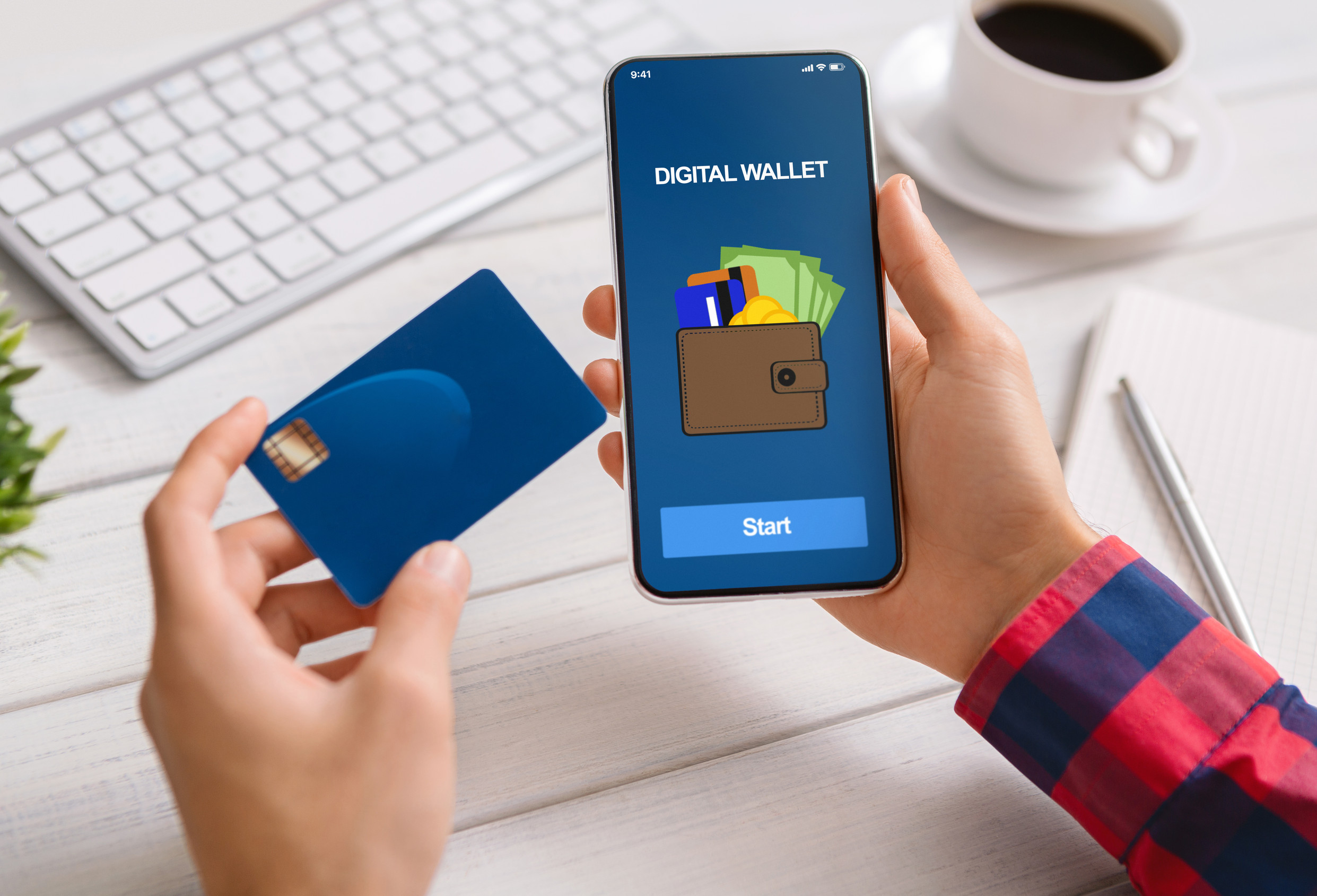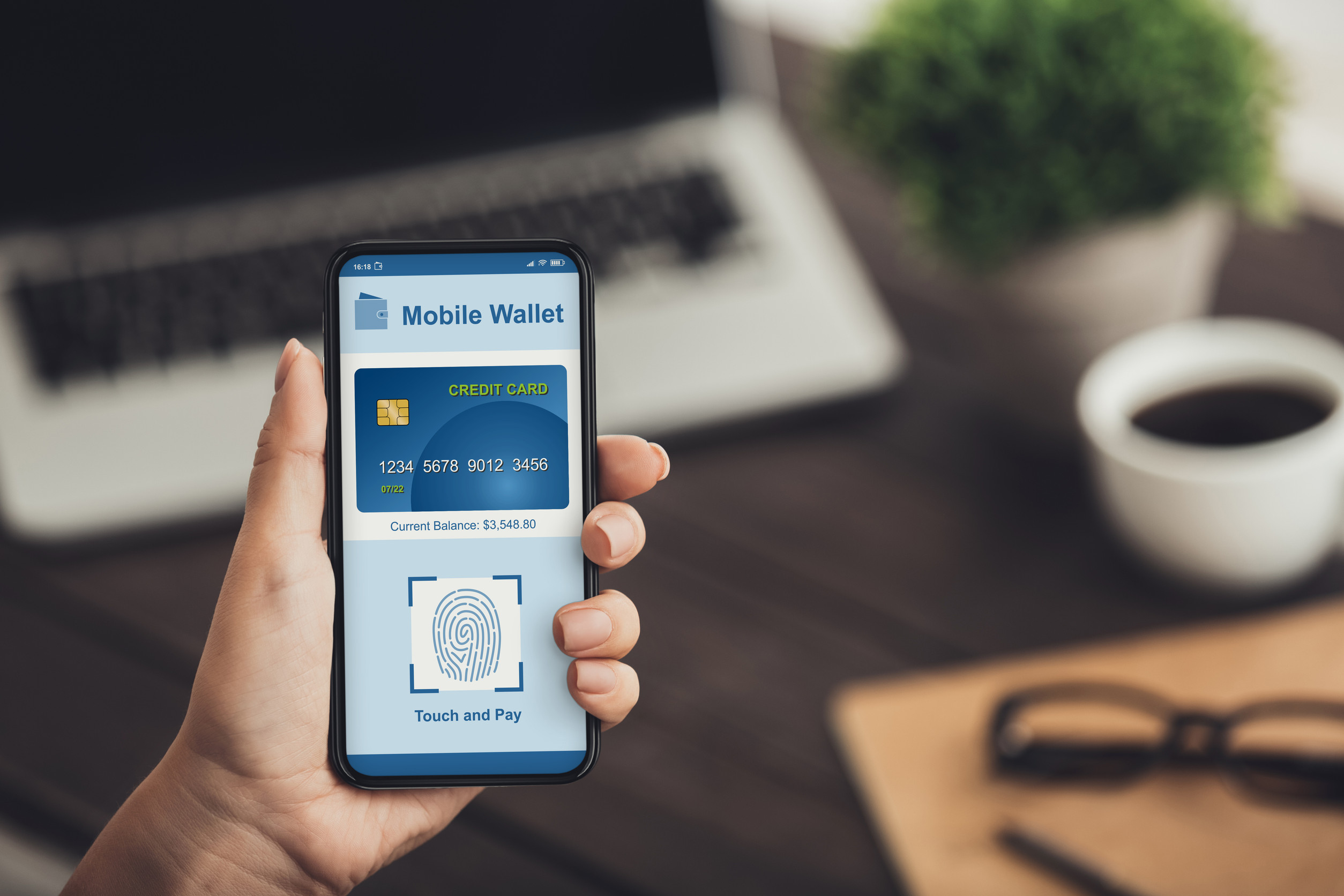
In an increasingly cashless world, digital wallets are quickly replacing traditional payment methods. Tapping a phone or scanning a face is now faster than swiping a credit card, and consumers have embraced the convenience. But while digital wallets promise speed and security, they also raise concerns—especially when it comes to privacy.
Many of the most popular platforms collect more than just payment info—they harvest biometric data like fingerprints, facial scans, and voice recognition. Understanding which digital wallets collect this sensitive data is essential in a time when privacy feels more fragile than ever.
1. Apple Pay
Apple Pay is known for its sleek design and seamless integration with the Apple ecosystem, but it’s also deeply tied to biometric authentication. It uses Face ID and Touch ID to verify users, storing biometric data locally on the device via the secure enclave. While Apple insists it never stores biometric data on its servers or shares it with third parties, the process still hinges on capturing that data in the first place. The reliance on facial recognition and fingerprints has become a cornerstone of how Apple ensures security and identity verification. As a result, anyone using Apple Pay is contributing biometric input every time they authorize a purchase.
2. Google Pay
Google Pay has become a global force in digital payments, thanks in part to its integration with Android and Google’s vast ecosystem. It uses facial recognition and fingerprint scanning for identity verification on Android phones that support biometric sensors. Though the biometric data is typically stored on the device, Google’s broader data collection practices leave some users uneasy. Google’s reputation for harvesting data across its platforms leads to skepticism about how much biometric information is really kept private. Even if the company isn’t storing facial data in the cloud, its systems still depend on biometric access points.
3. Samsung Wallet
Samsung Wallet—formerly Samsung Pay—also taps into biometric authentication to authorize transactions and access sensitive content. Fingerprint and facial recognition are both supported, depending on the device being used. Samsung assures users that biometric data never leaves the device, but the technology still collects and processes physical identifiers. Biometric authentication is central to how Samsung ensures the security of its wallet and vault features. While the company provides transparency about its storage methods, the use of biometric inputs cannot be avoided for core functions.
4. PayPal
PayPal is one of the oldest and most widely used digital payment systems in the world, and its mobile app now supports biometric authentication. When users log in using fingerprint or facial recognition, PayPal captures and uses this data through the device’s native sensors. Although it doesn’t appear that PayPal stores this biometric information itself, it still builds its system around these inputs. The biometric data flows through their login process, which inherently means the company interacts with it, even if only briefly. This proximity to biometric verification raises valid concerns about how private and secure the process really is.
5. Venmo
Venmo, which is owned by PayPal, also leverages biometric data as part of its mobile login and transaction approval system. Whether users are sending money to a friend or checking their balance, Venmo often encourages the use of facial recognition or fingerprint scans. These inputs come from the device’s built-in security features, but Venmo still facilitates the process and ties it to sensitive financial actions. Although Venmo claims it doesn’t store biometric data directly, the app’s operations are inseparable from those identifiers. This dependency makes users part of a biometric verification loop, even if they don’t fully realize it.

6. Cash App
Cash App by Block (formerly Square) is another peer-to-peer payment platform that supports biometric login via fingerprints and facial recognition. The app allows users to bypass traditional passwords in favor of quick biometric access. This makes the experience faster, but also means the system is actively pulling and verifying physical traits. The data is typically processed by the phone’s operating system, but Cash App’s architecture is built to accommodate and promote this feature. Even without storing the data themselves, the company’s reliance on biometric access remains a central part of its security design.
7. Zelle
Zelle is often integrated directly into banking apps, and while it doesn’t have a standalone app that universally collects biometric data, it piggybacks off the banking app’s biometric systems. When a user accesses Zelle through a bank that uses fingerprint or facial ID login, biometric authentication is essentially required to use the service. Zelle thus participates in the biometric data collection chain without directly prompting it. The structure makes Zelle indirectly reliant on biometric verification for secure use. This indirect data interaction blurs the line between what is collected and what is merely processed.
8. Alipay
Alipay, one of the largest digital wallets in Asia, is particularly aggressive in its use of biometric technology. The platform supports both fingerprint and facial recognition, and in some locations, facial scans are used to complete payments in physical stores. Alipay has pioneered “Smile to Pay” technology, which links a user’s face directly to their payment ID. The biometric data is not just used for logging in but also for completing transactions, making it a core feature of the app’s identity. While Alipay claims strong security measures, the pervasive use of face-based payment is a clear form of data collection.
9. WeChat Pay
WeChat Pay, another dominant player in China’s mobile payment space, integrates biometric authentication into nearly every stage of its user experience. Users often unlock their phones or approve payments with facial recognition or fingerprints, and WeChat Pay is fully synchronized with these systems. The app has expanded its biometric offerings in recent years, aligning with China’s broader surveillance and identity verification ecosystem. Facial recognition is frequently used to meet regulatory standards and verify real names. This creates a system where biometric data isn’t just convenient—it’s compulsory for full access.
10. Amazon One
Amazon One takes biometric payments a step further by relying on palm recognition technology instead of fingerprints or faces. Customers enroll by scanning their palm at a kiosk, and this unique biometric signature becomes their payment method. Amazon stores this data in the cloud, raising immediate privacy red flags. Although the company promotes the service as fast, contactless, and secure, it also builds a database of palm prints tied directly to consumer identities and purchase behavior. Unlike other wallets, which rely on phone-based sensors, Amazon One creates a centralized system where biometric data is stored and potentially analyzed.
A New Kind of Cost
Digital wallets have redefined the way people interact with money, offering speed, convenience, and an illusion of seamless control. But behind the ease of scanning a face or pressing a thumb lies a vast ecosystem that collects, processes, and sometimes stores biometric data. Whether the information stays on a device or enters the cloud, it’s clear that physical identity is becoming currency in the modern economy. These platforms aren’t just tracking spending habits—they’re learning faces, fingerprints, and more. What does that mean for privacy?
Are digital wallets asking for too much in exchange for convenience? Share your thoughts in the comments and let the conversation about biometric privacy begin.
Read More
Are They Safe? 5 Digital Footprints Your Kids Secretly Leave
9 Signs Your “Buy Now, Pay Later” Habit is a Financial Red Flag
The post 10 Digital Wallets That Collect Your Biometric Data appeared first on Everybody Loves Your Money.







